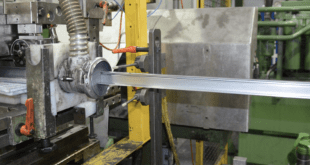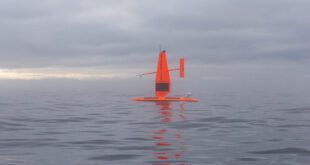Solar Cell Makers Benefited from Rush Orders; Polysilicon Contract Price Likely to Surge
January 5, 2012—Benefiting from the rush orders from clients in Europe and the United States, Taiwanese solar cell makers’ utilization rates increased evidently, which will affect the future development of contract and spot prices. According to TrendForce, EnergyTrend’s survey, the contract price of polysilicon is still in negotiation as the buyers and suppliers are yet to reach a consensus. On the other hand, due to the utilization rate surge of solar cell makers propelled by rush orders, polysilicon suppliers took this opportunity to jack up the contract price, which affected the spot market and caused the polysilicon spot price this week to remain on an uptrend.

Source: EnergyTrend
As for the contract price, according to EnergyTrend, Asian polysilicon suppliers are leaning towards raising the price while the European and the US suppliers are maintaining the current prices. The major manufacturers expect the contract price in January to fall between US$27/kg and US$30/kg, EnergyTrend has learned. However, the downstream companies are still suffering from deficits and are unlikely to burden their clients with increasing costs. Therefore, thus far little prospect is seen for a price surge; whether or not the contract price can be increased to US$30/kg remains to be seen.
Aside from polysilicon, this week’s Si wafer prices still underwent minor changes. Helped by rush orders, multi-Si wafer price increased moderately. As for the products with conversion efficiencies above 17%, the prices mainly ranged between US$1.18/piece and US$1.2/piece. Despite related manufacturers aggressively attempting to increase the product prices, it is hard to say if the price will surge above US$1.2/piece in January. EnergyTrend believes that if the rush orders continue to come in, there is a good chance for the aforementioned product’s price to remain US$1.2/piece. As for the mono-Si wafer prices, they experienced a small setback, which EnergyTrend refers to the price drop of 5-inch products. According to EnergyTrend, the persisting price downtrend of 5-inch products and the recent releases of 6-inch multi-Si high-efficiency products largely impact the price trend of 6-inch products.
As for this week’s spot prices, lowest polysilicon price remained at US$20/kg, while polysilicon ASP increased by 3.68% to US$25.1/kg. As for Si wafers, lowest multi-Si wafer price was US$1.0/piece, and lowest mono-Si wafer price was US$1.50/piece. This week’s multi-Si wafer ASP was US$1.142/piece, an increase of 0.18%, mainly due to the cease of large scale inventory digestion at low prices and the rush orders. Mono-Si wafer ASP dipped to US$1.568/piece, a 0.13% decrease. As for the solar cell price, this week’s ASP remained the same. However, looking at it in detail, high efficiency products were US$0.63/Watt, while standard product price was US$0.5/Watt, the price gap per Watt ranging between 10cent and 15cent. In terms of module, both PV module prices and thin film prices declined, with the latter experiencing bigger fall. PV module ASP fell by 1.16% to US$0.851/Watt; thin film’s ASP dipped to US$0.80/Watt, a 3.50% decrease.
 Alternative Energy HQ solar power for homes, wind energy, and bio fuel issues
Alternative Energy HQ solar power for homes, wind energy, and bio fuel issues






